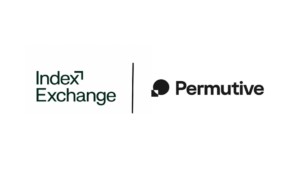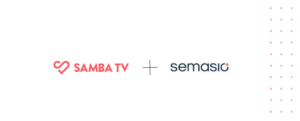In the ever-evolving landscape of media consumption, streaming services continue to outpace traditional paid TV in the UK, while newspapers are finding fresh momentum through innovative subscription models, according to new data from Cardlytics. The report provides a comprehensive look at spending trends among UK households, revealing a clear shift away from conventional media in favor of digital and personalized options. However, print media, once thought to be on a decline, is experiencing a surprising resurgence.
Streaming continues to outpace paid TV
As households seek cost-effective and flexible entertainment, traditional paid TV services are seeing a steady erosion in customer engagement, with transaction volumes down by 5% in the past year. Despite a slight revenue uptick for paid TV in 2024, largely attributed to price hikes, the general trend indicates an ongoing consumer preference for streaming platforms.
Cardlytics’ report, based on over 23 million UK bank transactions and a poll of 2,000 adults, finds only 28% of respondents believe their paid TV subscriptions offer good value for money, while 22% plan to cancel within the year, citing cost as the primary reason.
Streaming services, on the other hand, show no signs of slowing down. With transaction volumes up by 4% and spending increasing by 7%, consumers are signaling a strong preference for streaming’s adaptability and personalization.
Average transaction values in this sector also rose to £10.13 per transaction. However, streaming services aren’t immune to challenges, as nearly 30% of UK adults reported cancelling at least one streaming service in the past year, pointing to an ongoing battle for customer loyalty.
Newspapers revitalise with new models
The growth of digital media has cast doubt over the future of traditional print. Yet, as Cardlytics’ data shows, newspapers are adapting by implementing creative subscription strategies that resonate with a modern audience. Although newspaper membership purchases have dropped by over 2% year-on-year, overall revenue increased by nearly 4%, supported by a 6% rise in average transaction values, now at £30.14. This resurgence points to a renewed willingness among consumers to pay for high-quality journalism.
To keep pace with digital disruptors, newspapers are focusing on data-driven strategies to attract and retain subscribers, offering premium content that caters to a niche but loyal readership. These shifts highlight the potential for newspapers to reclaim relevance in the digital age by emphasizing curated, high-value content.
Audio streaming hits a plateau
The audio streaming industry, which experienced explosive growth in recent years, appears to be entering a period of stabilization. Revenue grew by just 1% over the past year, and transaction volumes by less than 1%, as the sector grapples with a maturing market. With minimal increases in costs to consumers, the average transaction value for audio streaming has risen only slightly.
As growth tapers, audio platforms are considering new revenue streams, such as ad-supported models or premium subscription tiers. Yet, customer retention may hinge on offering personalized perks and rewards, potentially boosting both loyalty and acquisition.
A customer-centric approach for subscription services
Cardlytics’ Partnerships Director Sharina Mutreja emphasizes that amid rising competition and consumer demand for affordability, media companies must prioritize customer-centric innovations to thrive. As inflation continues to squeeze discretionary spending, brands need to adopt data-led incentives to keep customers engaged. “Now is the time for subscription businesses to deliver data-led cashback and rewards to customers to foster loyalty, while driving incremental customer acquisition and spending,” Mutreja states.
In an era marked by digital transformation, the key to sustaining customer loyalty may lie in a blend of value, personalisation, and innovation. As traditional paid TV services struggle to keep up with the flexibility of streaming, and audio platforms hit market saturation, newspapers demonstrate that adaptability and a commitment to quality can rekindle consumer interest in even the most established media.












